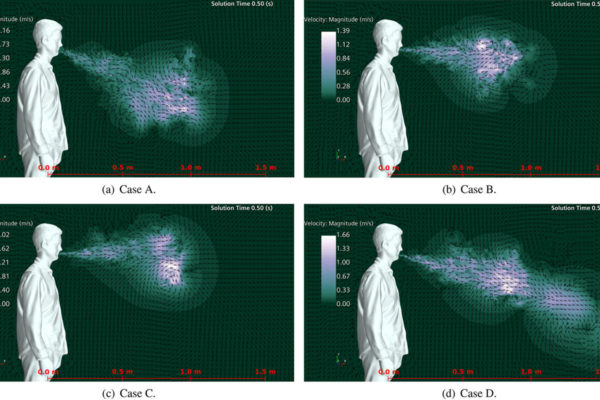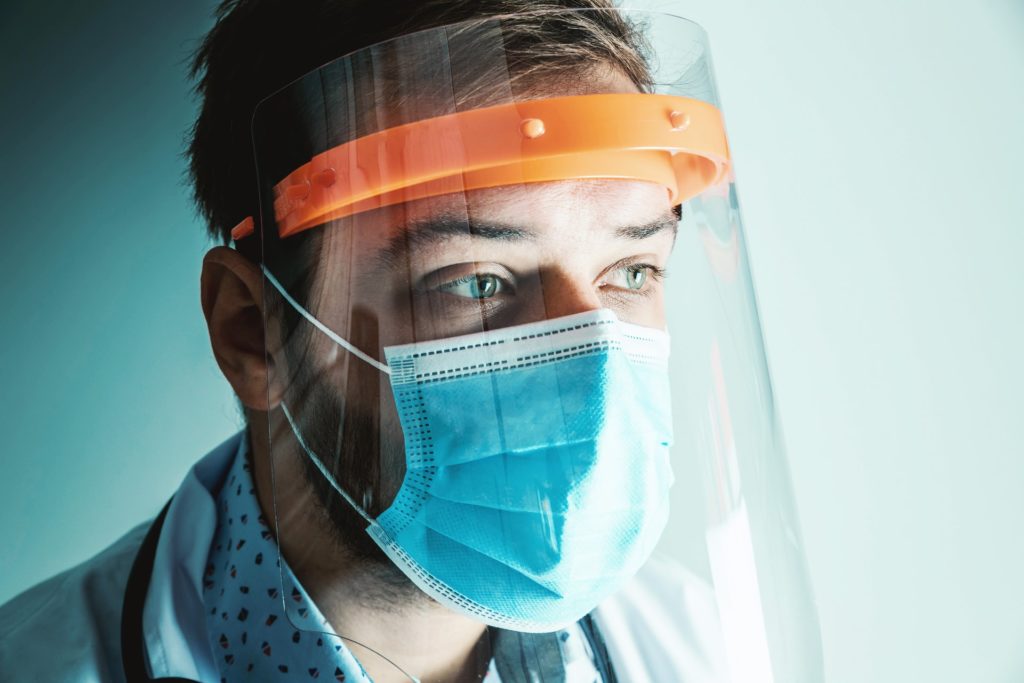Researchers from the University of Central Florida (UFC) have identified physiological factors that can make a person more likely to be a COVID-19 super-spreader.
The University’s Department of Mechanical and Aerospace Engineering used computer-generated models to numerically simulate sneezes in different types of people and determine associations between people’s physiological features and how far their sneeze droplets travel and linger in the air.
Features like stopped-up noses and a full set of teeth were found to potentially increase the spread of the virus because of how they affected how far the drops travel.
“This is the first study that aims to understand the underlying ‘why’ of how far sneezes travel,” said Michael Kinzel, an assistant professor with UCF’s Department of Mechanical Engineering and study co-author.

“We show that the human body has influencers, such as a complex duct system associated with the nasal flow that actually disrupts the jet from your mouth and prevents it from dispersing droplets far distances.”
This means that when people have a clear nose, such as blowing it into a tissue, the speed and distance sneeze droplets travel decrease, according to the study. Teeth also restrict the sneeze’s exit area and cause droplets to increase in velocity.
The researchers also simulated three types of saliva: Thin, medium and thick. They found that thinner saliva resulted in sneezes comprised of smaller droplets, which created a spray and stayed in the air longer than medium and thick saliva.
“The results show exposure levels are highly dependent on the fluid dynamics that can vary depending on several human features,” said ays Kareem Ahmed, an associate professor in UCF’s Department of Mechanical and Aerospace Engineering and study co-author.
“Such features may be underlying factors driving superspreading events in the COVID-19 pandemic.”

